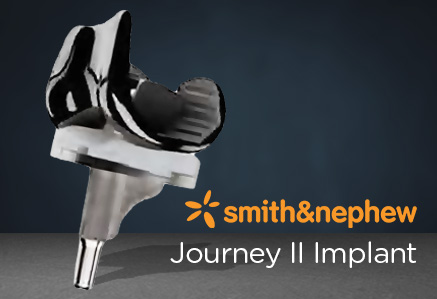Unicompartmental Knee Repair
Unicompartmental knee replacement is an option for a small percentage of patients with osteoarthritis of the knee. Your doctor may recommend partial knee replacement if your arthritis is confined to a single part (compartment) of your knee.
Your knee is divided into three major compartments: The medial compartment (the inside part of the knee), the lateral compartment (the outside part), and the patellofemoral compartment (the front of the knee between the kneecap and thighbone).
Unicompartmental knee replacement is an option for a small percentage of patients with osteoarthritis of the knee. Your doctor may recommend partial knee replacement if your arthritis is confined to a single part (compartment) of your knee.
Your knee is divided into three major compartments: The medial compartment (the inside part of the knee), the lateral compartment (the outside part), and the patellofemoral compartment (the front of the knee between the kneecap and thighbone).
Treatment
In a unicompartmental knee replacement, only the damaged compartment is replaced with metal and plastic. The healthy cartilage and bone in the rest of the knee is left alone.
Advantages of Partial Knee Replacement
Multiple studies have shown that modern unicompartmental knee replacement performs very well in the vast majority of patients who are appropriate candidates.
The advantages of partial knee replacement over total knee replacement include:
- Quicker recovery
- Less pain after surgery
- Less blood loss
Also, because the bone, cartilage, and ligaments in the healthy parts of the knee are kept, most patients report that a unicompartmental knee replacement feels more “natural” than a total knee replacement.
A unicompartmental knee may also bend better.
Treatment Highlights






